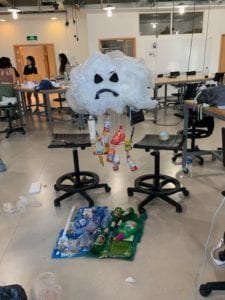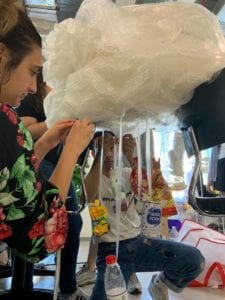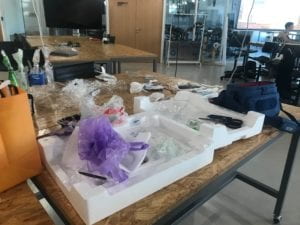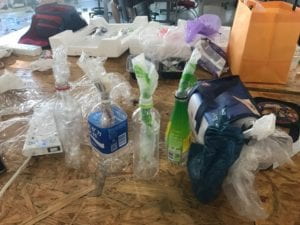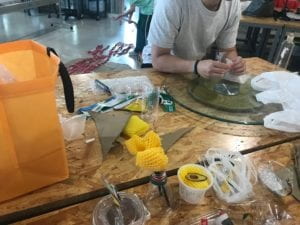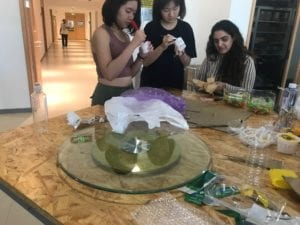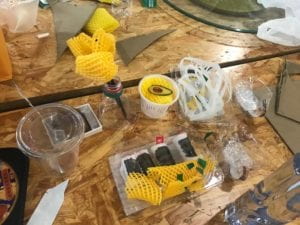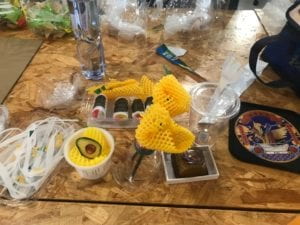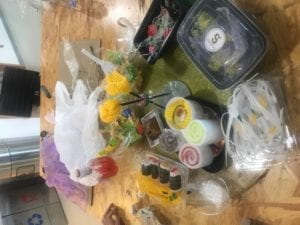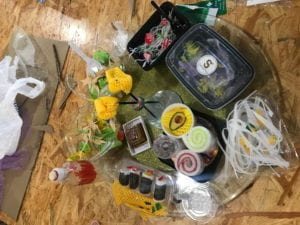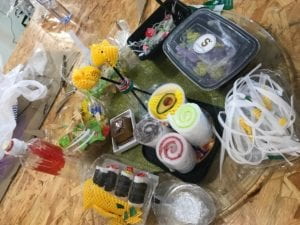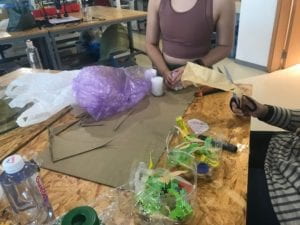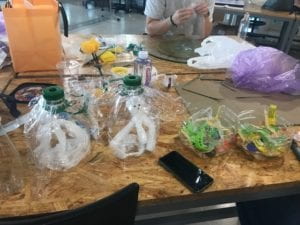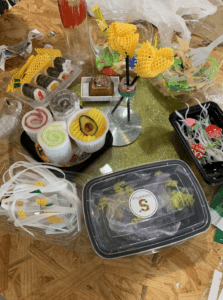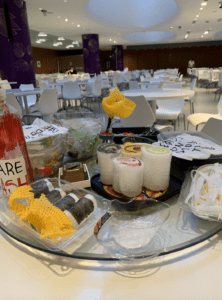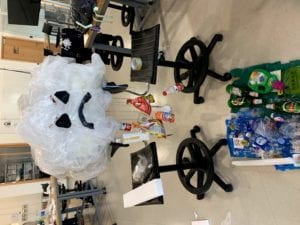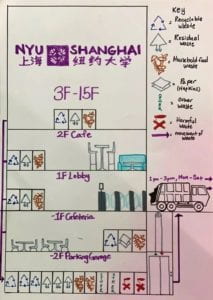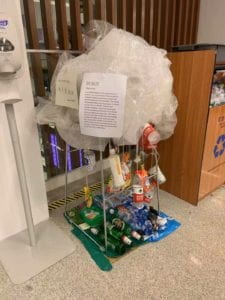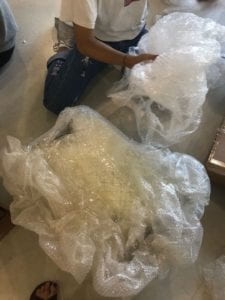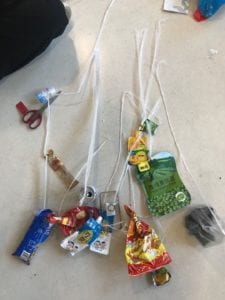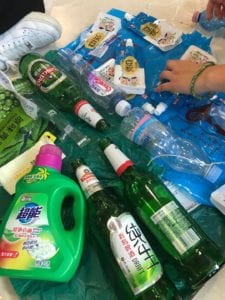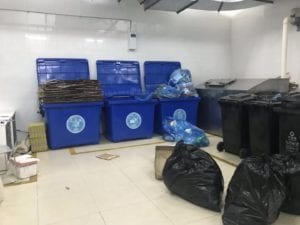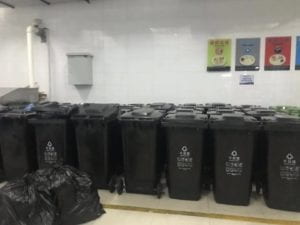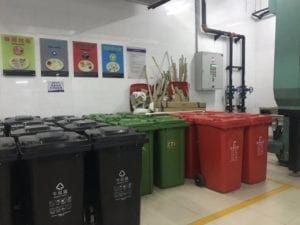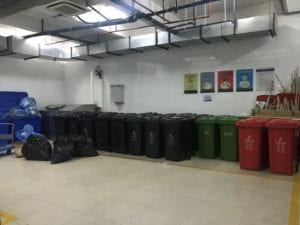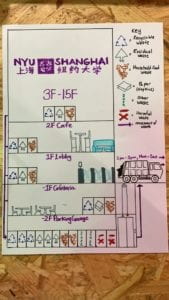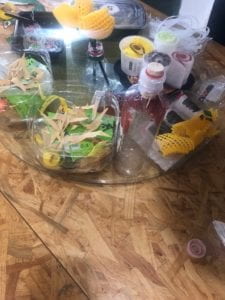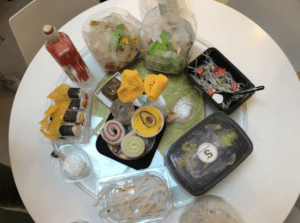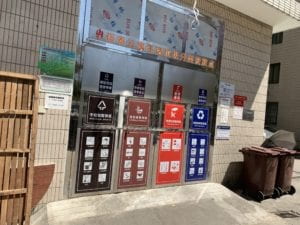Collective Responsibility Shanghai’s Informal Waste Management Report
Pages 1 -25
KEY Concepts:
- China’s waste management system has 2 parts
- Part 1: Formal Government-run that is composed primarily contracted companies that collect, sort, incinerate, compost and dispose of waste
- Part 2: Private “Informal” collectors who collect, store, and sell waste
- The current situation/model is not sustainable because of the lack of resources
- The model is currently dependent on incinerators and improper or not necessarily healthy ways of disposal
- Private collectors are useful assets because they specialize in recycling and reusing in a sense that they sell waste to various factories that divert trash from landfills (BUT they rarely work with the formal sector)
- Incineration: I didn’t know incineration was such a major aspect of waste management in China. I always thought that it had a negative connotation and was adding more to the pollutants in the air. However, after reading that some cities are able to utilize incineration as a means of producing energy in the form of electricity – I have a newfound understanding of its potential. HOWEVER, I’m still quite hesitant in its use as burning certain types of waste does and will always produce airborne pollutants and factories are often built in places where they can be seen as obtrusive or an eyesore.
- Informal Trash Collection: Self-reliant and efficient, the work that they do displaces the flow of waste to a singular facility and in turn, assisting in the minimization of waste through proper (sorting & selling). I see these informal trash collectors on a daily basis, riding in bikes with mounds of recyclable/sorted material through the streets of Shanghai.
- Fears: The second, third, and fourth-tier cities will eventually be/potentially be considered in the same capacity as Shanghai or Beijing. It worries me that cities are still taking a reactive approach to reducing waste instead of proactively lessening their consumption to reduce waste production in the long-run.
Sustainability. MIT Press 2015. The Concepts of Sustainability
Pages 38-56
KEY Concepts:
- Sustainable Business
- Business Council for Sustainable Dev. And the World Industry Council
- Created the World Business Council for Sustainable Dev.
- Coined the “triple bottom line” approach which is a report that companies use to measure their environmental impact
- Business Council for Sustainable Dev. And the World Industry Council
- Sustainability and Equity
- The concept of equity in sustainability furthers the idea of instability and tensions between wealthier and developing countries – often marginalized and the root of the disagreements between what is fair and equitable for their particular needs
- Sustainable Communities
- Building sustainable communities foster a type of social responsibility and social capital that is composed of people in an interconnected fashion – often creating various opportunities to connect, discuss, and make changes within their social strata
- Sustainable Cities
- Linked to urbanization and public policy – a sustainable city is a concept that correlates with how cities manage their waste and their efforts to minimize their impact on sustainability via their local/govs.
- Sustainable Consumption
- Highlights the discourses on human consumption and the number of finite resources we possess (who gets to consume & what is the impact of this consumption) – how we can better provide and sustain the future generation’s well being
- Sustainability in the Nonprofit Sector
- The nonprofit sector can be viewed as a “bridge” between the local sector (residents, publicly elected officials, and business), they also facilitate physical efforts through events like (food banks, physical fitness initiatives, inner-city gardens, etc.)
- They also develop energy programs and other means of organization that is often looked over by large governing bodies (governments and etc.) and are often funded or provide funding for initiatives that promote an overall greater sustainability
- The tragedy of the Commons
- Similar concept to the finite resource problem, its prevalence can be most seen when individuals make decisions against the common good of all users – utilizing all of the available resources in a collective fashion
Installation Reflection
“Agatha” – Mother Nature
The concept of “Agatha” or mother nature was a collective effort to try and visualize what our ecosystem would look like using discarded waste products. The group created or tried to create a “cloud-like” persona using trash (a recycled bag filled with Styrofoam and wrapped in bubble wrap) for the cloud portion and created string/rope using plastic bags) and hung various debris to symbolize a rain of trash. The bottom section of the installation represents the finite land and water resources we have by using a select group of blue and green waste products. This contained a plethora of items from old green Tsingtao bottles, food containers such as blue soy milk packets, and other various discarded materials. The installation was then placed in a strategic area, displayed near the second-floor café trashcans to show students and faculty what can be made from their own waste products and to remind them of their daily consumption.
What I learned: Ideally, the installation was to be hung somewhere around the café as it represented a cloud, this feat proved to be more difficult than expected. Due to time constraints, the installation was placed on a chair near the waste receptacles in the café, but I personally did not think it had the same effect as if it were properly installed/hung somewhere on the ceiling. As a future reference, the installation did not last. Meaning that because some pieces of trash were heavier than others and since we did not use traditional methods of putting together the piece, after a few days in the café – the appearance of the installation began to deteriorate. Pieces began to disappear or appear to “fall-off”, making the installation look unsightly and did not convey the original message/idea.
